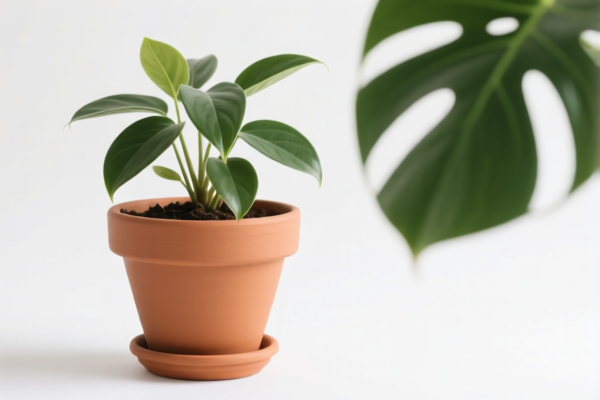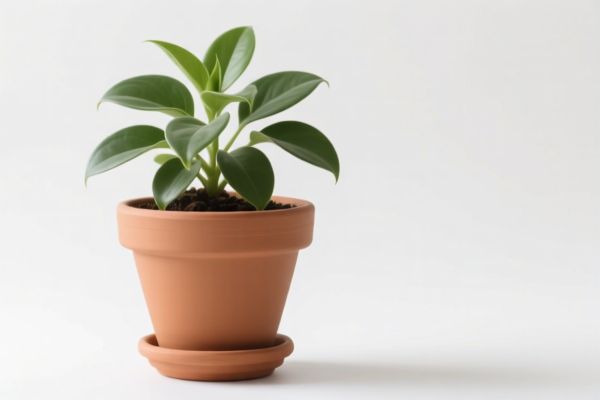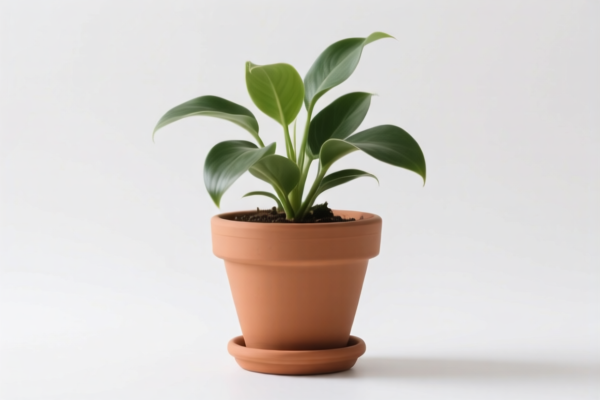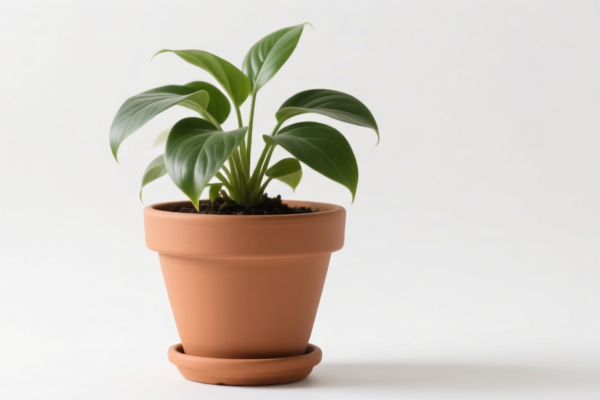| HS Code | Official Doc | Tariff Rate | Origin | Destination | Effective Date |
|---|---|---|---|---|---|
| 1105100000 | Doc | 1.7¢/kg+55.0% | CN | US | 2025-05-12 |
| 1105200000 | Doc | 1.3¢/kg+55.0% | CN | US | 2025-05-12 |
| 7323997000 | Doc | 60.3% | CN | US | 2025-05-12 |
| 7326908688 | Doc | 82.9% | CN | US | 2025-05-12 |
| 7326908688 | Doc | 82.9% | CN | US | 2025-05-12 |
| 3926901000 | Doc | 40.9% | CN | US | 2025-05-12 |
| 3926909989 | Doc | 42.8% | CN | US | 2025-05-12 |
| 3925900000 | Doc | 60.3% | CN | US | 2025-05-12 |




Flowerpot
A flowerpot, also known as a plant pot, is a container used for growing plants. These containers come in a wide variety of materials, shapes, and sizes, serving both functional and decorative purposes.
Materials
Flowerpots are constructed from numerous materials, each with its own properties:
- Terracotta: A classic choice, terracotta is a porous clay material, allowing for good air circulation and drainage. It is relatively inexpensive but can be prone to cracking in freezing temperatures.
- Plastic: Lightweight and durable, plastic flowerpots are available in a wide range of colors and styles. They retain moisture longer than terracotta and are less susceptible to damage. Different plastic types exist, with varying UV resistance.
- Ceramic/Porcelain: Often glazed, ceramic and porcelain pots offer a decorative aesthetic and better water retention than terracotta. They are generally heavier and more expensive than plastic or terracotta.
- Metal: Pots made from materials like steel, aluminum, or copper provide a modern look. They can heat up quickly in direct sunlight, potentially affecting root systems.
- Wood: Wooden planters offer a natural aesthetic and good insulation. They require treatment to prevent rot and decay.
- Concrete: Heavy and durable, concrete pots provide a substantial look and good stability.
- Fiberglass: Lightweight and durable, fiberglass pots are often used for larger plants.
Purpose & Function
The primary function of a flowerpot is to provide a contained environment for plant roots to grow. This allows for:
- Controlled Growing Medium: Flowerpots allow for the use of specific soil mixes tailored to the plant's needs.
- Portability: Plants can be moved easily for optimal sunlight, protection from harsh weather, or aesthetic arrangement.
- Aesthetic Display: Flowerpots contribute to the overall visual appeal of indoor and outdoor spaces.
- Root Containment: Limits the spread of roots, which is important for plants grown in limited spaces or for controlling invasive species.
- Drainage: Most flowerpots have drainage holes to prevent waterlogging and root rot.
Usage Scenarios
Flowerpots are used in a wide variety of settings:
- Indoor Plant Displays: Used to grow houseplants, herbs, and small vegetables.
- Outdoor Gardens: Used for annuals, perennials, shrubs, and small trees.
- Patios and Balconies: Used to create container gardens in limited outdoor spaces.
- Landscaping: Used to add color and texture to outdoor landscapes.
- Hydroponics: Specialized flowerpots are used in hydroponic systems for growing plants without soil.
Common Types
- Standard Pots: Traditional, cylindrical shape, available in various sizes.
- Hanging Baskets: Designed to be suspended from ceilings, walls, or brackets.
- Self-Watering Pots: Feature a reservoir that provides water to the plant roots as needed.
- Cachepots: Decorative outer containers that hold a nursery pot. They typically do not have drainage holes.
- Window Boxes: Long, narrow containers designed to be placed in windowsills.
- Terrariums: Glass containers used to create miniature ecosystems.
- Raised Planters: Larger containers, often made of wood or concrete, used for growing vegetables or flowers at a higher elevation.
- Smart Pots/Grow Bags: Fabric pots that promote air pruning of roots, leading to healthier root systems.
Flowerpots are containers used for growing plants, typically made of materials like plastic, clay, or metal. They are commonly used in gardening, landscaping, and indoor plant displays.
The following HS codes may be relevant, based on the provided information:
- 3926901000: This code covers “Other: Buckets and pails”. While not specifically flowerpots, plastic flowerpots could fall under this category as they are similar container types. The tax rate is 3.4% basic duty + 7.5% additional tariff, totaling 40.9%.
- 3926909989: This code covers “Other: Other”. This is a broader category that could include flowerpots not specifically classified as buckets or pails. The tax rate is 5.3% basic duty + 7.5% additional tariff, totaling 42.8%.
- 3925900000: This code covers “Builders' ware of plastics, not elsewhere specified or included: Other”. If the flowerpot is considered a building material component (e.g., for landscaping), it might fall under this code. The tax rate is 5.3% basic duty + 25.0% additional tariff, totaling 60.3%.
According to the provided reference material, the HS code options related to 'flowerpot' are limited, with only the following 3 found.
Regarding HS code 3926901000, 3926909989 and 3925900000, please note that the classification depends on the material and intended use of the flowerpot. It is recommended to verify the specific material composition and application scenario to determine the most accurate HS code.
Customer Reviews
No reviews yet.